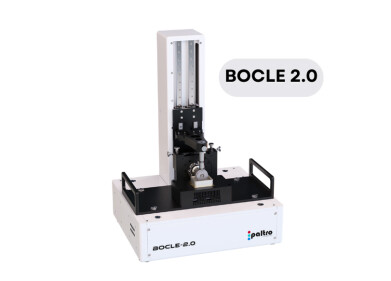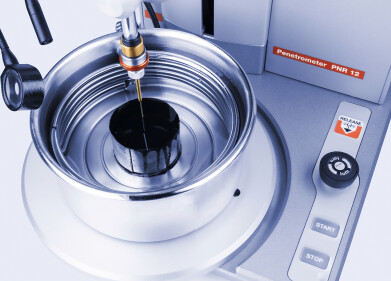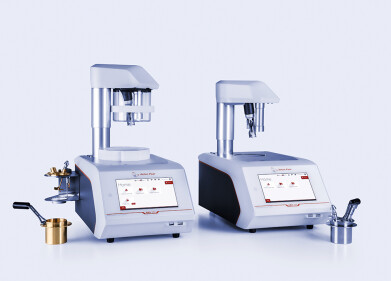Measurement and testing
When is Spectroscopic Polymer Characterisation Used?
Jun 27 2022
From simple polymers such as polyethylene to complex polymeric nanocomposites, spectroscopic analysis is used to characterise a wide range of polymer materials. Read on to find out more about some of the different spectroscopic polymer analysis techniques and their applications.
Developing high-performance thin films
From reducing static electricity to improving adhesion and minimising corrosion, high-performance thin films are used for a myriad of applications. Techniques such as Angular-Resolved X-Ray Photoelectron Spectroscopy (ARXPS) play an important role in developing these products.
Studying the behaviours of biomaterials
Biomaterials have revolutionised modern medicine and are widely used for cardiovascular surgery, dentistry and orthopaedic applications. They’re also gaining traction in the cosmetics industry, where brands covet materials that actively interact with the body’s natural biological systems. Spectroscopic polymer analysis techniques allow scientists to study the characteristics of biomaterials and push the boundaries of modern medicine. Studying the bio-compatibility of titanium medical implants used for dental implants and bone conduction hearing aids is just one application for spectroscopic polymer characterisation in the biomaterials sector.
Engineering high-performance materials
Automobiles, airplanes and even spaceships rely on high-performance construction materials to operate in the harshest conditions. Spectroscopic polymer analysis techniques are critical when it comes to developing these high-performance materials.
For example, Vibrational Spectroscopy has emerged as a useful technique for analysis of polymers and polymer composites. Both Raman and Infrared (IR) techniques are classed as Vibrational Spectroscopy techniques and are used to analyse properties such as molecular structure, chemical composition and chain orientation. These techniques are used to develop ultra-tough polymer materials used by NASA for space exploration, including adhesives, lubricants, circuit boards, electrical insulation and paints.
Developing a “molecular fingerprint”
Near-Infrared (NIR) Spectroscopy is another gold-standard polymer characterisation technique. It’s widely used in the plastics industry for quality control. “Combined with chemometrics, near-infrared (NIR) spectroscopy is now recognised as one of the most important techniques for polymer analyses,” reads an article published in the peer-reviewed journal, Polymers.
“Infrared and Raman studies also offer invaluable means for the analysis of inorganic particles used as reinforcing fillers for polymers.”The authors describe Vibrational Spectroscopy as a way to obtain a “molecular fingerprint” of a polymer material and gain detailed insight into both molecular structure and chemical composition.
With applications for engineering, energy and space exploration, spectroscopic polymer analysis techniques have an expansive reach. But scientists don’t rely exclusively on spectroscopic methods. We spotlight other techniques, including thermal methods such as Differential Scanning Calorimetry (DSC), in ‘Polymer Characterisation - Techniques, Types & Properties’.
Digital Edition
PIN 25.6 Buyers' Guide
January 2025
Buyers' Guide Directory - Product Listings by Category - Suppliers Listings (A-Z) Articles Analytical Instrumentation - ASTM D7042: The Quantum Leap in Viscosity Testing Technology -...
View all digital editions
Events
Jan 20 2025 San Diego, CA, USA
Jan 22 2025 Tokyo, Japan
Jan 25 2025 San Diego, CA, USA
SPE Hydraulic Fracturing Technology Conference and Exhibition
Feb 04 2025 The Woodlands, TX, USA
Feb 05 2025 Guangzhou, China



















